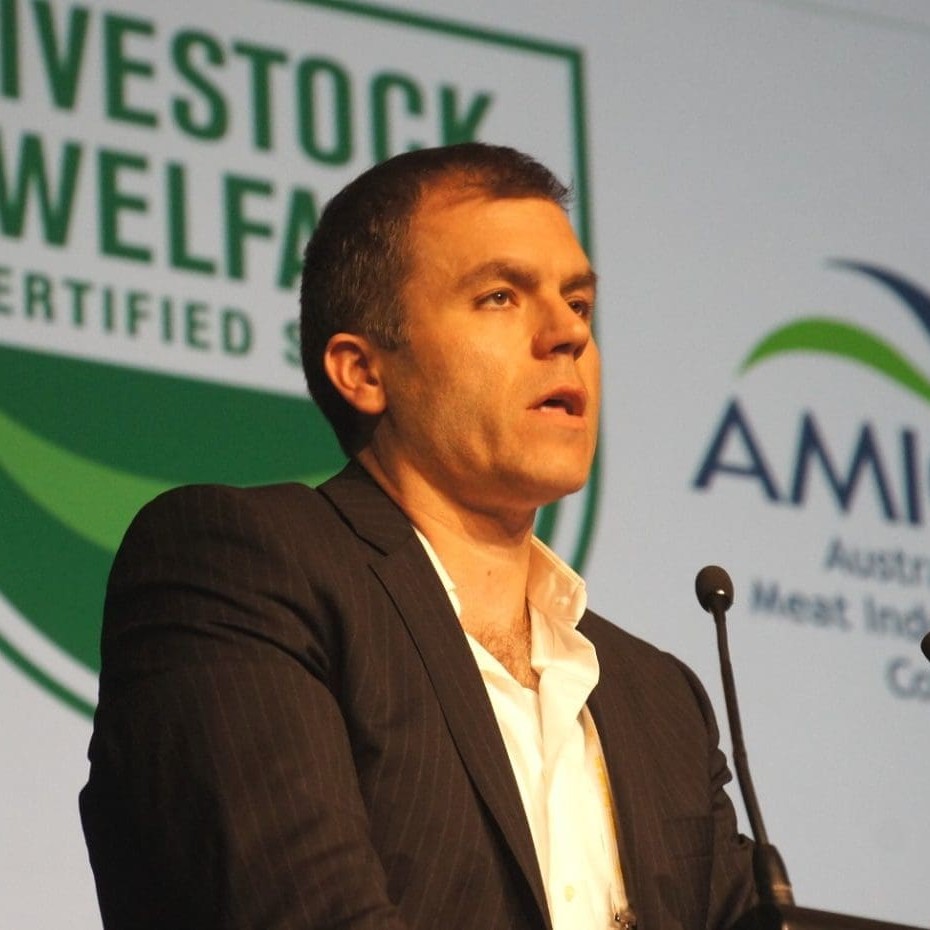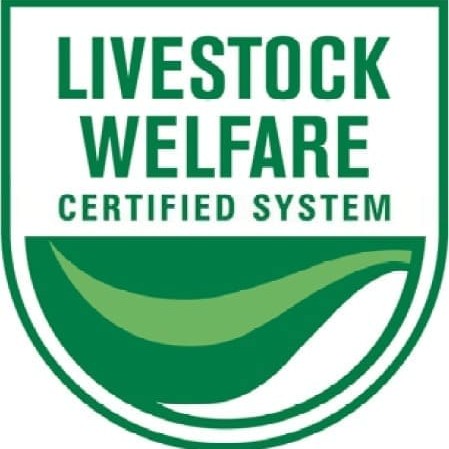 Australia’s largest meat processors are moving rapidly to adopt the industry’s newly-launched voluntary animal welfare certification system.
Australia’s largest meat processors are moving rapidly to adopt the industry’s newly-launched voluntary animal welfare certification system.
JBS Australia, Teys Australia and Nippon Meat Packers Australia, which collectively account for more than 50 percent of the nation’s beef kill, will shortly begin adoption of the new program, after its launch last week at the Australian Meat Industry Council’s national conference.
The AAWCS (see Beef Central’s preliminary Friday launch story here) is an independently-audited voluntary animal welfare certification program used by livestock processors to demonstrate compliance with the industry’s best practice animal welfare standards.
Covering all animal welfare and humane treatment from receival to processing, it is the first program of its type seen across the global processing industry, developers say.
Tom Maguire, chairman of AMIC’s animal welfare committee, said good animal welfare practice was fast becoming a non-negotiable requirement of Australian beef customers, both within Australia and around the world.
While the industry has had a best practise processing standard in place for animal welfare since 2005, up to now it has had no clear means of flagging to customers and other stakeholders that such a process was in place, and that processors were following it.
“Fortunately our industry has a very good track record of driving the animal welfare agenda on behalf of livestock processors. Back in 2005, the then RSPCA president Dr Hugh Wirth launched the ‘Industry Animal Welfare Standards for Livestock Processing Establishments’,” Mr Maguire said.
That standard was developed after widespread consultation with government, the scientific community, animal welfare organisations and industry representatives to integrate legislative, international and commercial welfare requirements into a single best-practice animal welfare standard for livestock processing.
Thursday’s launch of the AAWCS certification system now provides the means of demonstrating compliance with those standards to customers and consumers.
Using the AAWCS trademark, published here, processors can promote their certification status, and demonstrate that their commercial beef brands and products have been produced in accordance with the scope of the program.
Participants are required to implement a documented quality management system, to make sure best-practice animal welfare is maintained at all times. The quality management system includes standard operating procedures, work instructions, monitoring, verification and reporting systems, and preventative and corrective actions.
Mr Maguire stressed that the program in its current form was not a whole-of life claim, but related specifically to the sequence from receival to slaughter at the meat processing facility.
“It is likely that over time, the supply chain will evolve in the direction of a whole-of-life series of claims, but currently, the trademark refers to animal practises within the control of the processor,” he said.
The AAWCS claim was the first, and perhaps most important part of that process.
“Ultimately our customers and consumers are becoming more interested in what happens to an animal through its life in animal welfare terms,” Mr Maguire said.
One of Australia’s major beef customers had begun focussing more heavily on animal welfare issues – in a global sense, not specifically directed at Australia – and the new AAWCS system would be used to deliver assurances that the process in Australia is heading in the right direction, he said. Beef Central interpreted that ‘customer’ to mean McDonald’s, which is widely-known to have an elevated interest in animal welfare and humane treatment.
“One of the ways we will do that is through a commitment in the standard to providing feedback to suppliers, whether that is a transport operator or a grass or grainfed beef producer, if there is something wrong – and to address any problems with them,” Mr Maguire said.
An example of a welfare issue like that might be an animal that turns up at a plant with an injury that has been sustained somewhere prior to arrival, in which case feedback would be passed back along the chain to suppliers, as part of a process.
 “By doing that, it is encouraging better animal welfare performance. But having said that, the overwhelming majority of producers and transport operators in Australia are in the business of producing a quality article and making money out of it, and poor animal welfare practice inevitably costs money. In our business, we have very, very few incidents that actually require some form of response.”
“By doing that, it is encouraging better animal welfare performance. But having said that, the overwhelming majority of producers and transport operators in Australia are in the business of producing a quality article and making money out of it, and poor animal welfare practice inevitably costs money. In our business, we have very, very few incidents that actually require some form of response.”
Mr Maguire said the content in the new AAWCS system was designed with customer requirements in mind, and in fact incorporated elements contained in their own animal welfare standards.
He said what was likely to emerge would be a ‘composite’ third-party audit of businesses, covering-off the animal welfare requirements for a number of stakeholders alone the chain, rather than just those of the processor themselves.
“The customer may still have other specific audit requirements which can be included, but these will become components of a broader audit, rather than starting from scratch.”
The new AAWCS program is voluntary, and is open to all export and domestic processors, regardless of whether they are AusMeat accredited or not.
- See Friday's preliminary story, "Processors launch industry animal welfare certification system."
